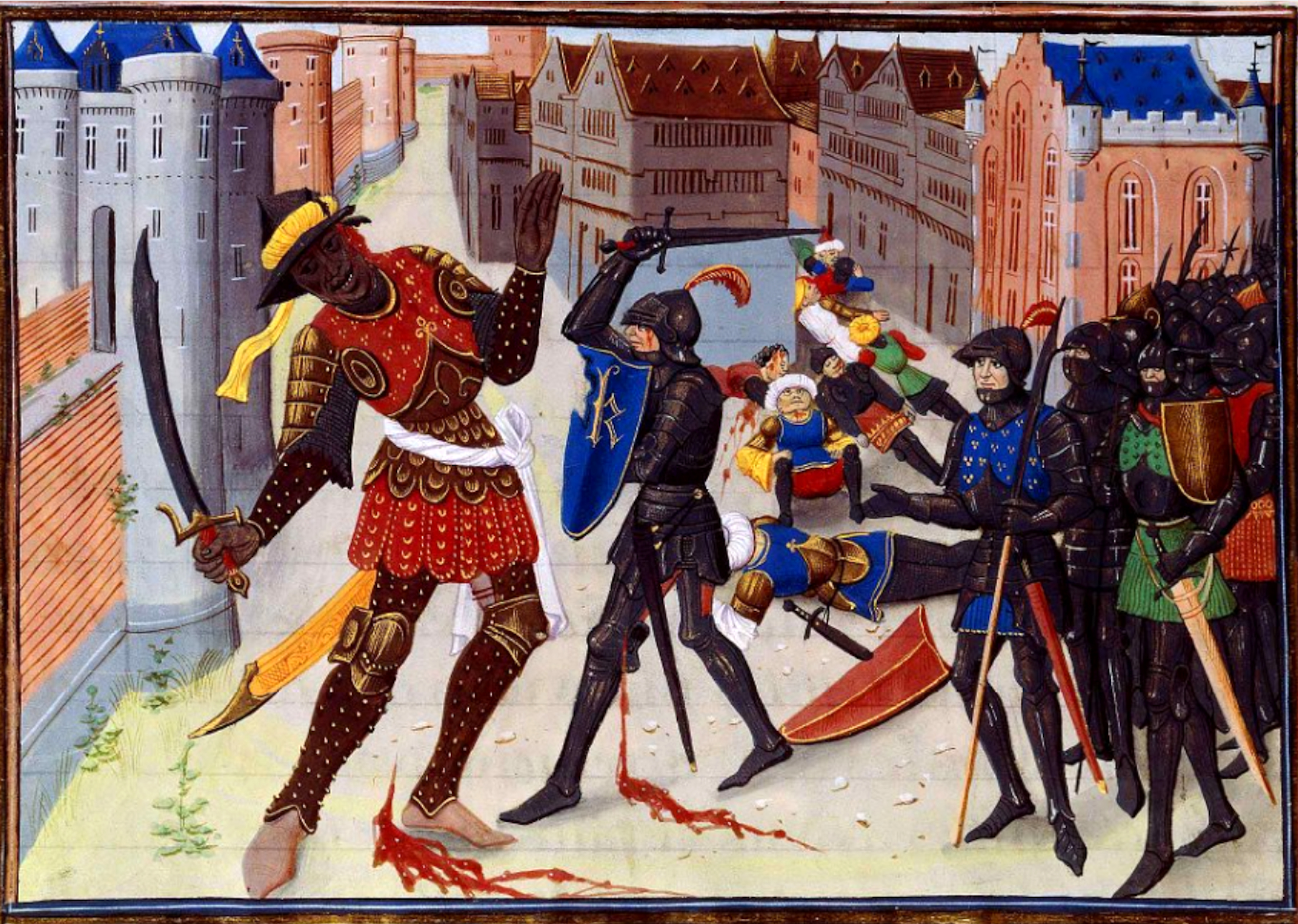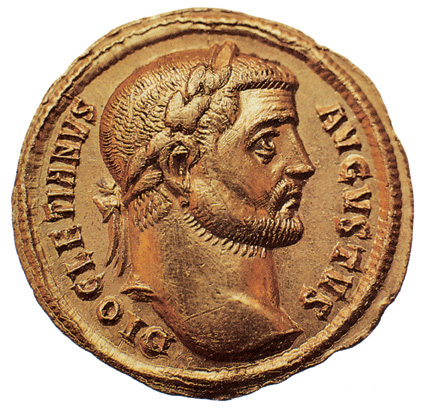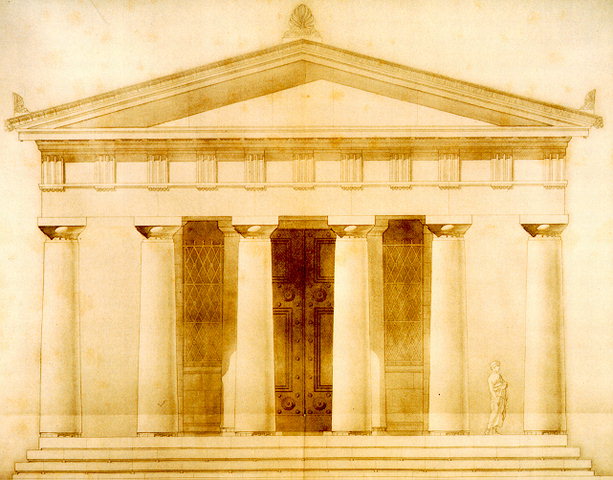|
Saepinum
Saepinum (modern Altilia, near Sepino) was a Samnite town located c. south of the modern Campobasso in south central Italy. Saepinum was on the ancient road from Beneventum to Corfinium. History The position of the original town is on the mountain far above the Roman town, and remains of its walls in Cyclopean masonry still exist. It was captured by the Romans in 293 BC. The city walls (in ''opus reticulatum'') of the Roman town were erected by Tiberius before he became emperor, and are dated to between 2 BC and 4 AD by an inscription. Within the city walls are remains of a theatre and other buildings, including temples of Jupiter and Apollo. There still exists, by the gate leading to Bovianum, an important inscription of about 168 AD, relating to the ''tratture'' (see Apulia) in Roman days, forbidding the natives to harm the shepherds who passed along them. The presence of tombs from the 4th century within the city walls suggests that the city had been largely abandoned by ... [...More Info...] [...Related Items...] OR: [Wikipedia] [Google] [Baidu] |
Molise
it, Molisano (man) it, Molisana (woman) , population_note = , population_blank1_title = , population_blank1 = , demographics_type1 = , demographics1_footnotes = , demographics1_title1 = , demographics1_info1 = , demographics1_title2 = , demographics1_info2 = , demographics1_title3 = , demographics1_info3 = , timezone1 = CET , utc_offset1 = +1 , timezone1_DST = CEST , utc_offset1_DST = +2 , postal_code_type = , postal_code = , area_code_type = ISO 3166 code , area_code = IT-67 , blank_name_sec1 = GDP (nominal) , blank_info_sec1 = €6.5 billion (2018) , blank1_name_sec1 = GDP per capita , blank1_info_sec1 = €20,900 (2018) , blank2_name_sec1 = HDI (2018) , blank2_info_sec1 = 0.863 · 15th of 21 , blank_name_sec2 = NUTS Region , blank_info_sec2 = ITF , w ... [...More Info...] [...Related Items...] OR: [Wikipedia] [Google] [Baidu] |
Sepino
Sepino is a ''comune'' (municipality) in the Province of Campobasso in the Italian region Molise, located about south of Campobasso. The archaeological site of Saepinum is located nearby. Sepino borders the following municipalities: Cercemaggiore, Cercepiccola, Guardiaregia, Morcone, Pietraroja, San Giuliano del Sannio, Sassinoro. In the early 7th century AD, what are today the communes of Sepino, Isernia and Bojano were the places where Grimoald I of Benevento settled a group of Bulgars, seeking refuge from the Avars; the Bulgars were for many generations a distinctive part of the population, until finally assimilated in their Italian environment (see Bulgarians in Italy, Old Great Bulgaria#Bulgars in Southern Italy). Beginning in the late 19th century, many residents of Sepino have immigrated to other countries. The earliest waves migrated to the United States (particularly Hartford) and Argentina, and after World War II many moved to Canada, Australia, Brazil, Urugu ... [...More Info...] [...Related Items...] OR: [Wikipedia] [Google] [Baidu] |
Province Of Campobasso
A province is almost always an administrative division within a country or state. The term derives from the ancient Roman '' provincia'', which was the major territorial and administrative unit of the Roman Empire's territorial possessions outside Italy. The term ''province'' has since been adopted by many countries. In some countries with no actual provinces, "the provinces" is a metaphorical term meaning "outside the capital city". While some provinces were produced artificially by colonial powers, others were formed around local groups with their own ethnic identities. Many have their own powers independent of central or federal authority, especially in Canada and Pakistan. In other countries, like China or France, provinces are the creation of central government, with very little autonomy. Etymology The English word ''province'' is attested since about 1330 and derives from the 13th-century Old French , which itself comes from the Latin word , which referred to the sphe ... [...More Info...] [...Related Items...] OR: [Wikipedia] [Google] [Baidu] |
Former Populated Places In Italy
A former is an object, such as a template, gauge or cutting die, which is used to form something such as a boat's hull. Typically, a former gives shape to a structure that may have complex curvature. A former may become an integral part of the finished structure, as in an aircraft fuselage, or it may be removable, being using in the construction process and then discarded or re-used. Aircraft formers Formers are used in the construction of aircraft fuselage, of which a typical fuselage has a series from the nose to the empennage, typically perpendicular to the longitudinal axis of the aircraft. The primary purpose of formers is to establish the shape of the fuselage and reduce the column length of stringers to prevent instability. Formers are typically attached to longerons, which support the skin of the aircraft. The "former-and-longeron" technique (also called stations and stringers) was adopted from boat construction, and was typical of light aircraft built until the ... [...More Info...] [...Related Items...] OR: [Wikipedia] [Google] [Baidu] |
Archaeological Sites In Molise
Archaeology or archeology is the scientific study of human activity through the recovery and analysis of material culture. The archaeological record consists of artifacts, architecture, biofacts or ecofacts, sites, and cultural landscapes. Archaeology can be considered both a social science and a branch of the humanities. It is usually considered an independent academic discipline, but may also be classified as part of anthropology (in North America – the four-field approach), history or geography. Archaeologists study human prehistory and history, from the development of the first stone tools at Lomekwi in East Africa 3.3 million years ago up until recent decades. Archaeology is distinct from palaeontology, which is the study of fossil remains. Archaeology is particularly important for learning about prehistoric societies, for which, by definition, there are no written records. Prehistory includes over 99% of the human past, from the Paleolithic until the advent o ... [...More Info...] [...Related Items...] OR: [Wikipedia] [Google] [Baidu] |
Roman Towns And Cities In Italy
Roman or Romans most often refers to: *Rome, the capital city of Italy *Ancient Rome, Roman civilization from 8th century BC to 5th century AD * Roman people, the people of ancient Rome *'' Epistle to the Romans'', shortened to ''Romans'', a letter in the New Testament of the Christian Bible Roman or Romans may also refer to: Arts and entertainment Music *Romans (band), a Japanese pop group * ''Roman'' (album), by Sound Horizon, 2006 * ''Roman'' (EP), by Teen Top, 2011 *"Roman (My Dear Boy)", a 2004 single by Morning Musume Film and television * Film Roman, an American animation studio * ''Roman'' (film), a 2006 American suspense-horror film * ''Romans'' (2013 film), an Indian Malayalam comedy film * ''Romans'' (2017 film), a British drama film * ''The Romans'' (''Doctor Who''), a serial in British TV series People * Roman (given name), a given name, including a list of people and fictional characters * Roman (surname), including a list of people named Roman or Romans *Ῥωμ ... [...More Info...] [...Related Items...] OR: [Wikipedia] [Google] [Baidu] |
Saracens
upright 1.5, Late 15th-century German woodcut depicting Saracens Saracen ( ) was a term used in the early centuries, both in Greek and Latin writings, to refer to the people who lived in and near what was designated by the Romans as Arabia Petraea and Arabia Deserta. The term's meaning evolved during its history of usage. During the Early Middle Ages, the term came to be associated with the tribes of Arabia. The oldest known source mentioning "Saracens" in relation to Islam dates back to the 7th century, in the Greek-language Christian tract ''Doctrina Jacobi''. Among other major events, the tract discusses the Muslim conquest of the Levant, which occurred after the rise of the Rashidun Caliphate following the death of the Islamic prophet Muhammad. The Roman-Catholic church and European Christian leaders used the term during the Middle Ages to refer to Muslims—usually Arabs, Turks, and Iranians. By the 12th century, "Saracen" had become synonymous with "Muslim" in Medieva ... [...More Info...] [...Related Items...] OR: [Wikipedia] [Google] [Baidu] |
Western Roman Empire
The Western Roman Empire comprised the western provinces of the Roman Empire at any time during which they were administered by a separate independent Imperial court; in particular, this term is used in historiography to describe the period from 395 to 476, where there were separate coequal courts dividing the governance of the empire in the Western and the Eastern provinces, with a distinct imperial succession in the separate courts. The terms Western Roman Empire and Eastern Roman Empire were coined in modern times to describe political entities that were ''de facto'' independent; contemporary Romans did not consider the Empire to have been split into two empires but viewed it as a single polity governed by two imperial courts as an administrative expediency. The Western Roman Empire collapsed in 476, and the Western imperial court in Ravenna was formally dissolved by Justinian in 554. The Eastern imperial court survived until 1453. Though the Empire had seen periods wit ... [...More Info...] [...Related Items...] OR: [Wikipedia] [Google] [Baidu] |
Corpus Inscriptionum Latinarum
The ''Corpus Inscriptionum Latinarum'' (''CIL'') is a comprehensive collection of ancient Latin inscriptions. It forms an authoritative source for documenting the surviving epigraphy of classical antiquity. Public and personal inscriptions throw light on all aspects of Roman life and history. The ''Corpus'' continues to be updated in new editions and supplements. CIL also refers to the organization within the Berlin-Brandenburg Academy of Sciences and Humanities responsible for collecting data on and publishing the Latin inscriptions. It was founded in 1853 by Theodor Mommsen and is the first and major organization aiming at a comprehensive survey. Aim The ''CIL'' collects all Latin inscriptions from the whole territory of the Roman Empire, ordering them geographically and systematically. The earlier volumes collected and published authoritative versions of all inscriptions known at the time—most of these had been previously published in a wide range of publications. The ... [...More Info...] [...Related Items...] OR: [Wikipedia] [Google] [Baidu] |
Apulia
Apulia ( ), also known by its Italian name Puglia (), :: nap, label=, Puie :: nap, label=Tarantino dialect, Tarantino, Puje : scn, label=Salentino dialect, Salentino, Puia : frp, label=Faetar language, Faetar, Poulye : el, label=Griko language, Griko, Απουλία : aae, Pulia. is a Regions of Italy, region of Italy, located in the Southern Italy, southern peninsular section of the country, bordering the Adriatic Sea to the east, the Ionian Sea to the southeast and the Strait of Otranto and Gulf of Taranto to the south. The region comprises , and its population is about four million people. It is bordered by the other Italian regions of Molise to the north, Campania to the west, and Basilicata to the southwest. Its chief town is Bari. Geography Apulia's coastline is longer than that of any other mainland Italian region. In the north, the Gargano promontory extends out into the Adriatic sea like a 'sperone' ("spur"), while in the south, the Salento peninsula forms the 'tacc ... [...More Info...] [...Related Items...] OR: [Wikipedia] [Google] [Baidu] |
Bovianum Undecumanorum
Bojano or Boiano is a town and '' comune'' in the province of Campobasso, Molise, south-central Italy. History Originally named Bovianum, it was settled by the 7th century BC. As the capital of the Pentri, a tribe of the Samnites, it played a major role in the Samnite Wars, as well as in the Social War, when it was a temporary capital (89 BC). It was sacked by Sulla. It was colonized under both the triumvirates, and by Vespasian, who settled veterans of Legio XI ''Claudia'' (whence the name ''Bovianum Undecumanorum'', to distinguish it from Bovianum Vetus), and remained an important centre into late antiquity. After the Lombard conquest, the deserted area was given to a group of Bulgars, who circa 662 fled from the Avars and sought refuge with the Lombards. Bojano became a seat of a gastaldate. The Bulgars also settled in nearby Sepino and Isernia. Paul the Deacon in his '' Historia Langobardorum'' writing after the year 787 says that in his time Bulgars still in ... [...More Info...] [...Related Items...] OR: [Wikipedia] [Google] [Baidu] |
Apollo
Apollo, grc, Ἀπόλλωνος, Apóllōnos, label=genitive , ; , grc-dor, Ἀπέλλων, Apéllōn, ; grc, Ἀπείλων, Apeílōn, label=Arcadocypriot Greek, ; grc-aeo, Ἄπλουν, Áploun, la, Apollō, la, Apollinis, label=genitive, , ; , is one of the Twelve Olympians, Olympian deities in Ancient Greek religion, classical Greek and Ancient Roman religion, Roman religion and Greek mythology, Greek and Roman mythology. The national divinity of the Greeks, Apollo has been recognized as a god of archery, music and dance, truth and prophecy, healing and diseases, the Sun and light, poetry, and more. One of the most important and complex of the Greek gods, he is the son of Zeus and Leto, and the twin brother of Artemis, goddess of the hunt. Seen as the most beautiful god and the ideal of the ''kouros'' (ephebe, or a beardless, athletic youth), Apollo is considered to be the most Greek of all the gods. Apollo is known in Greek-influenced Etruscan mythology as ' ... [...More Info...] [...Related Items...] OR: [Wikipedia] [Google] [Baidu] |
.jpg)



.jpg)


.jpg)
